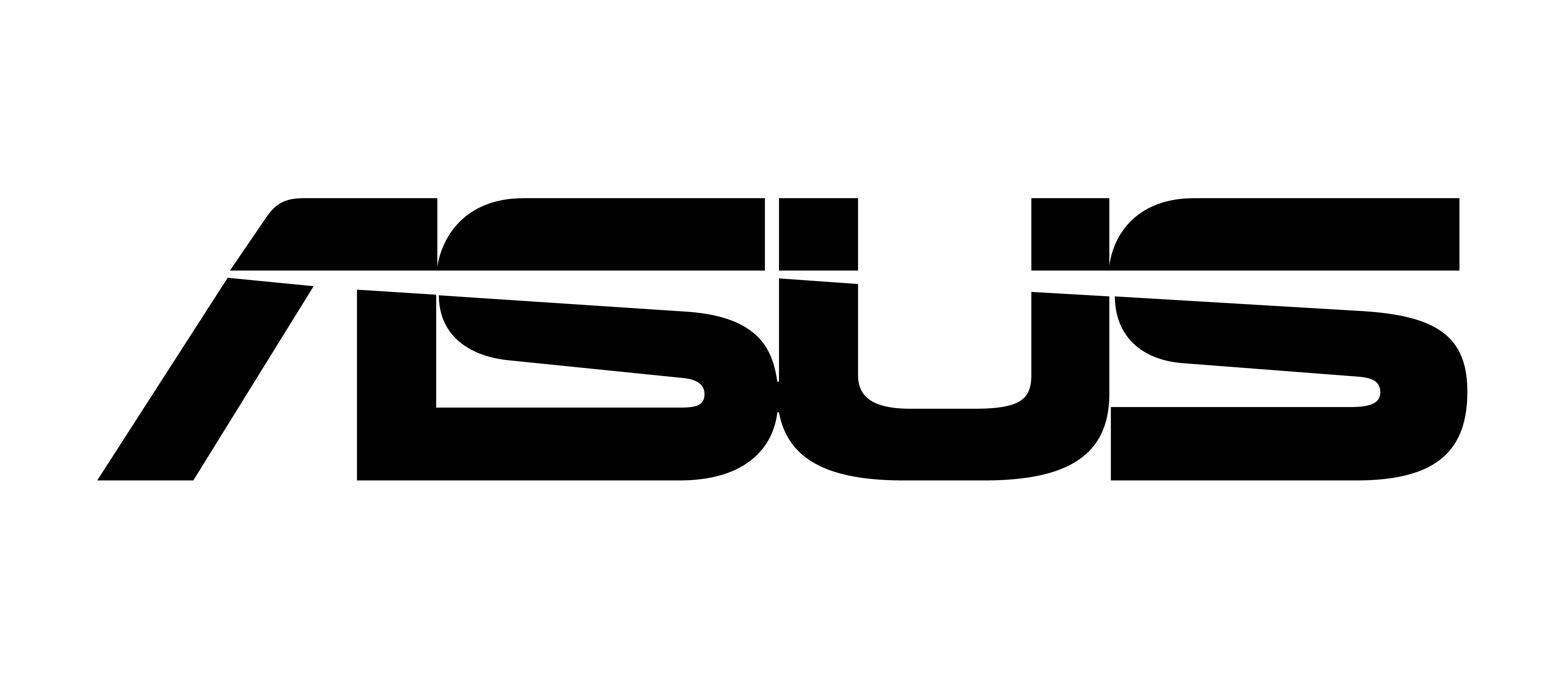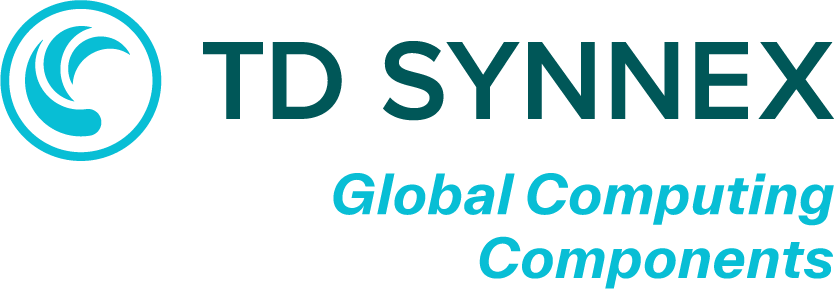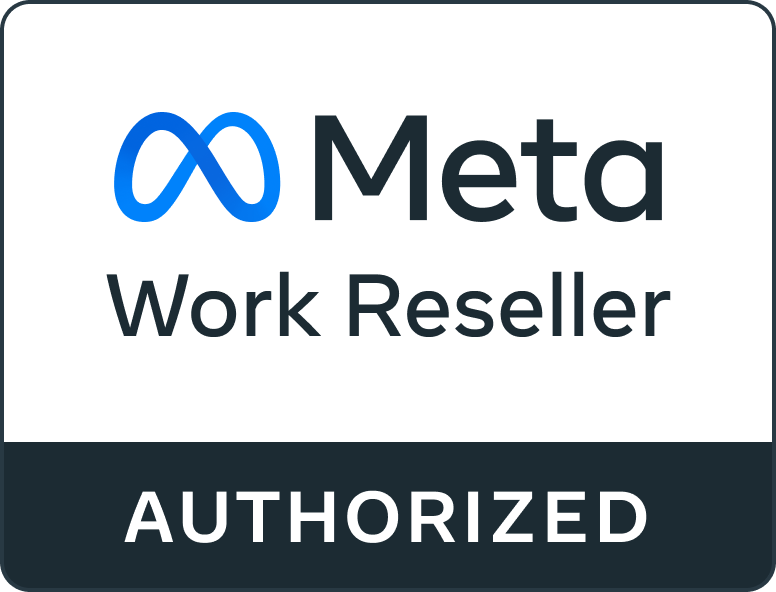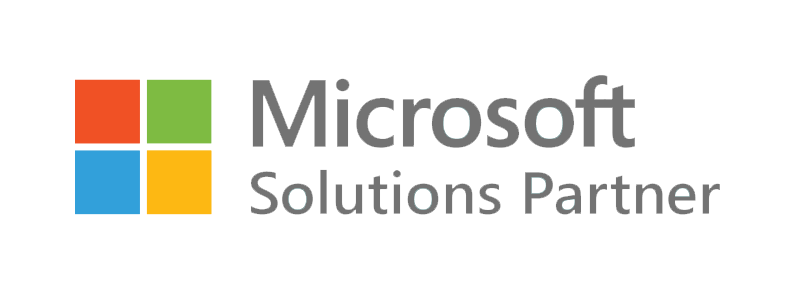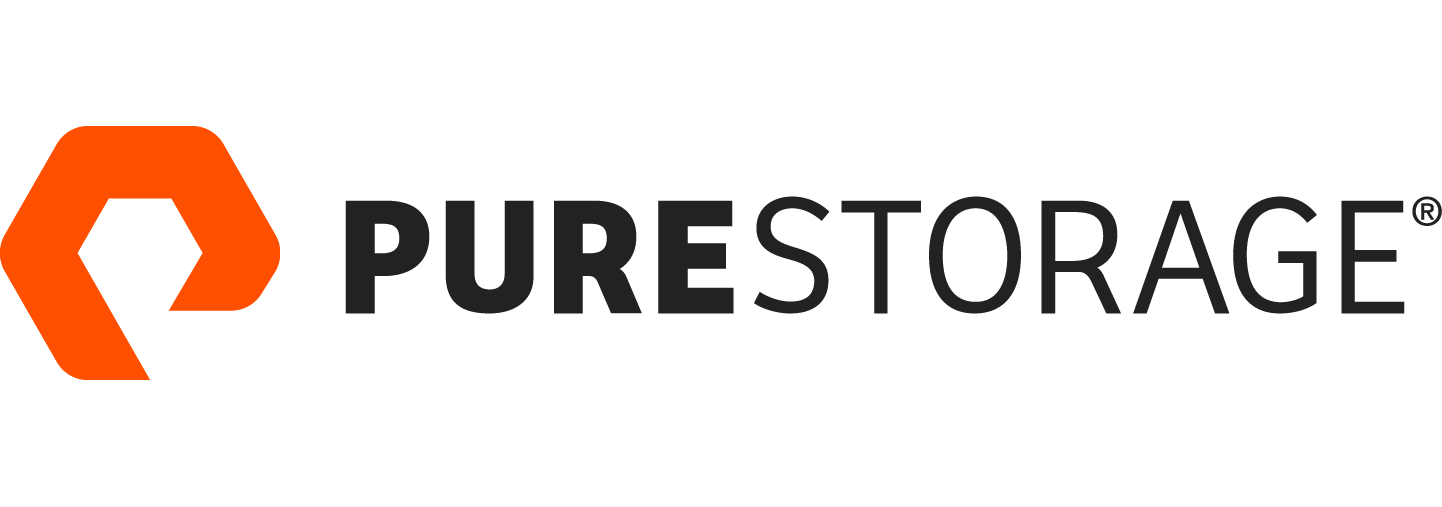With Red Hat, you know where you are.
Enterprise customers need a platform that they depend upon to support their business-critical applications and services, and what they – and you – need most of all is certainty and stability – and that’s what they get with Red Hat OpenShift.
It’s a proven and reliable solution for which there is a well-established, an easy to understand subscription model and, as an independent subsidiary of IBM, Red Hat is financially stable too.
Red Hat OpenShift and for many customers, this will be the best long-term option. It provides real control and flexibility at a price that’s comparable to what they have been paying for virtualisation to date. It also gives customers that are using on-premises virtualisation today, good options to migrate to the cloud at their own pace in the future.

